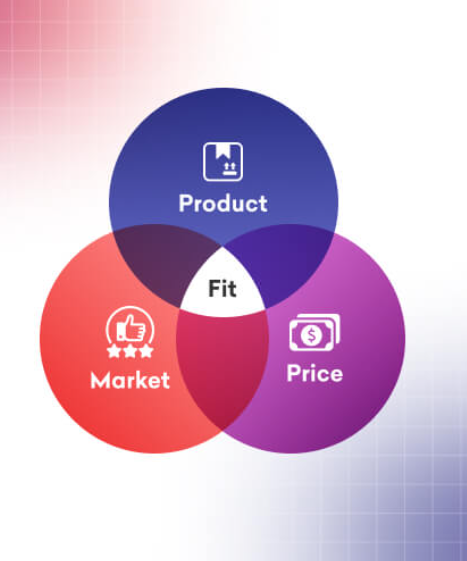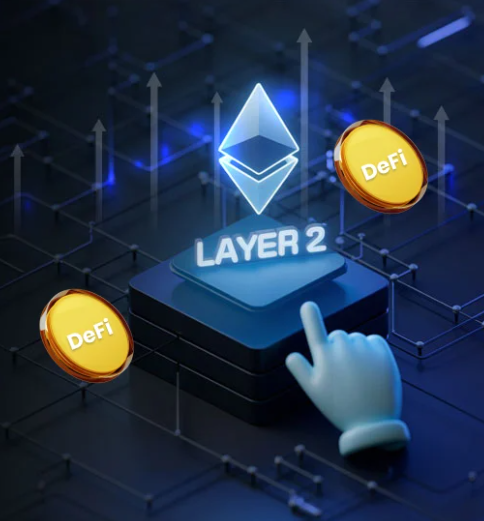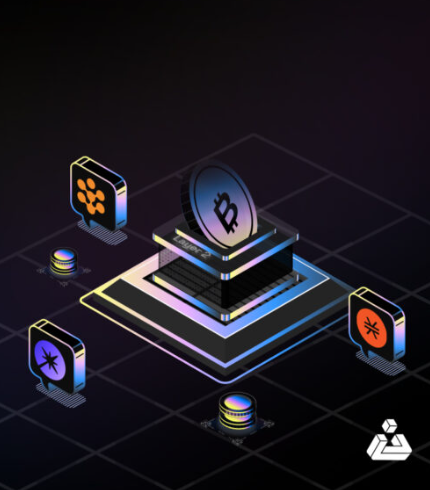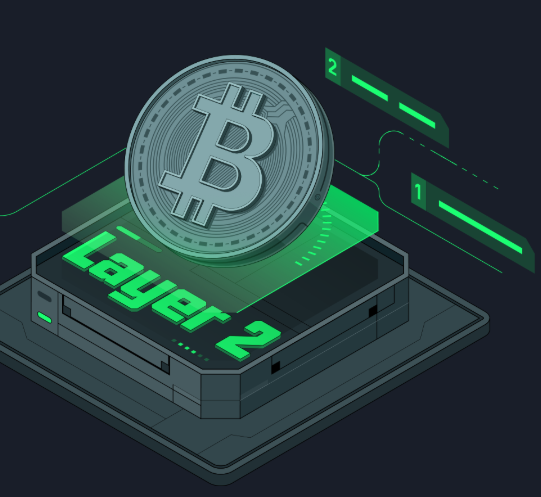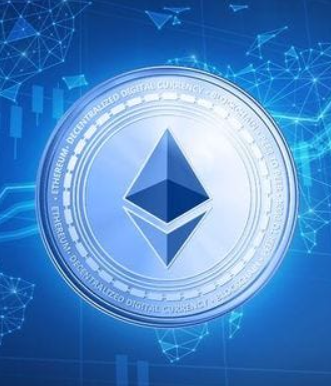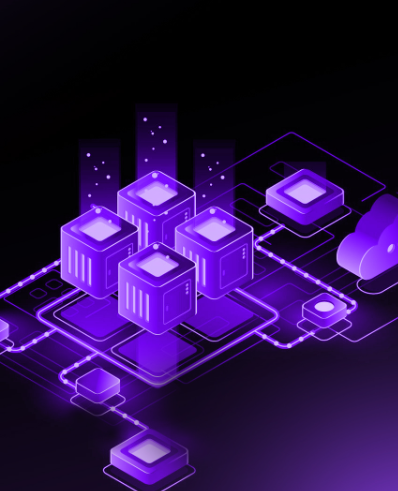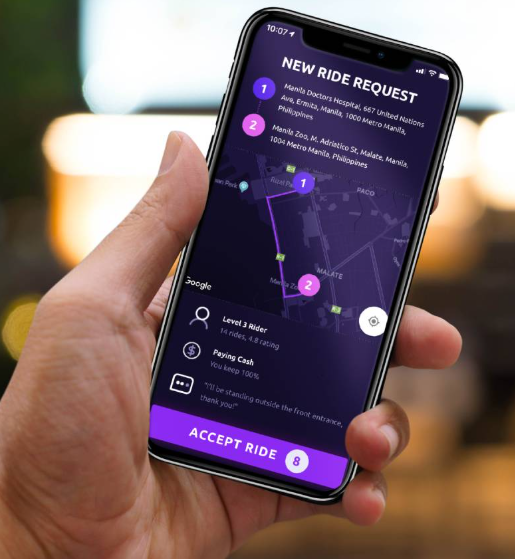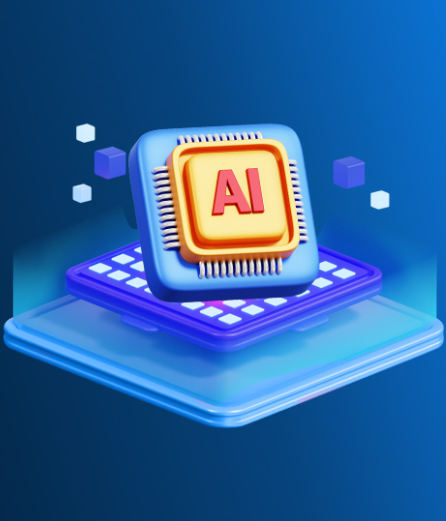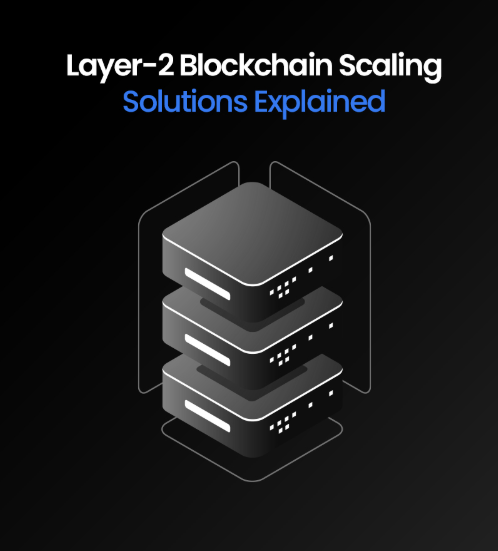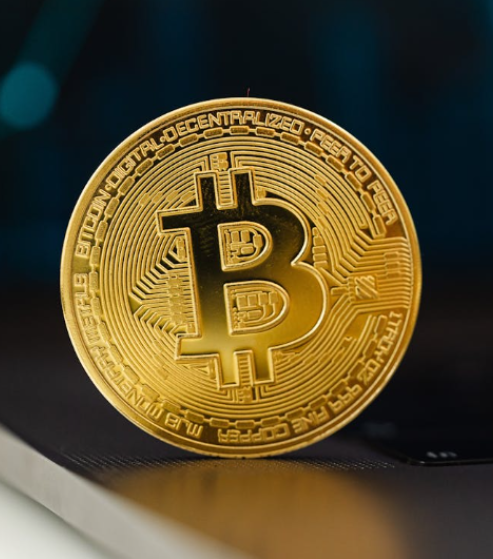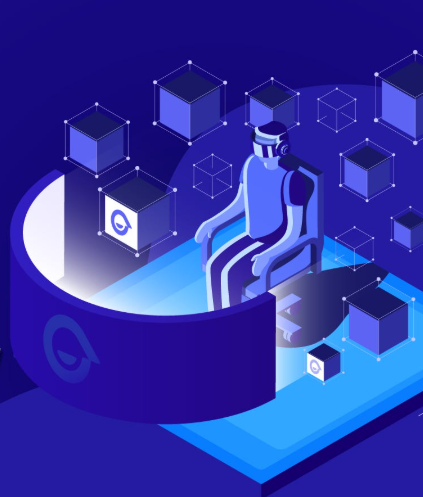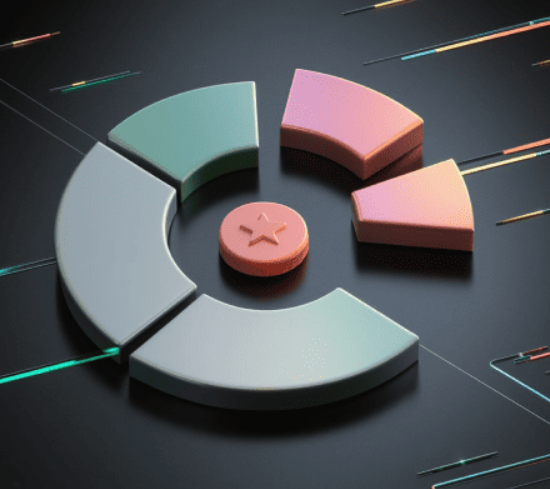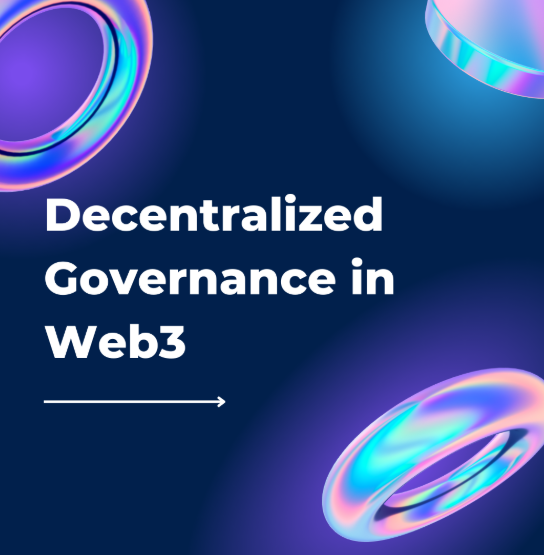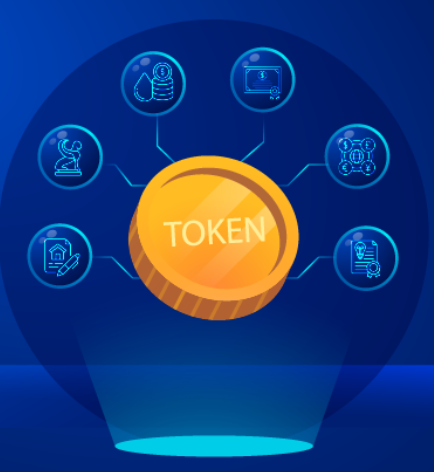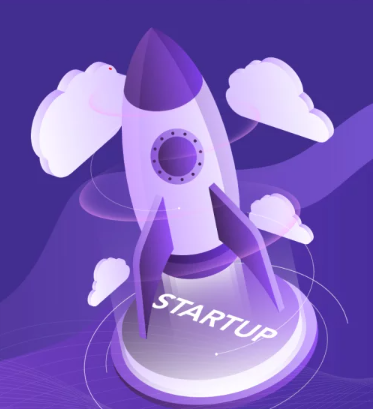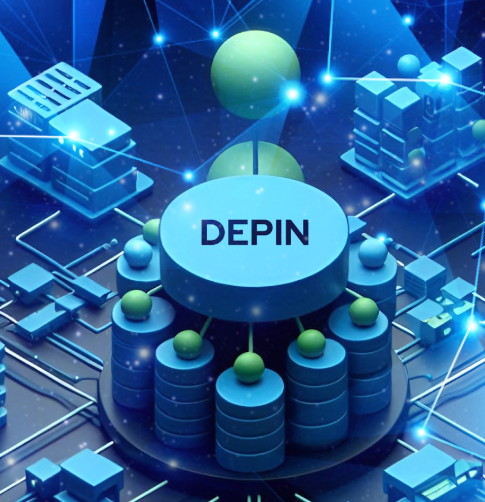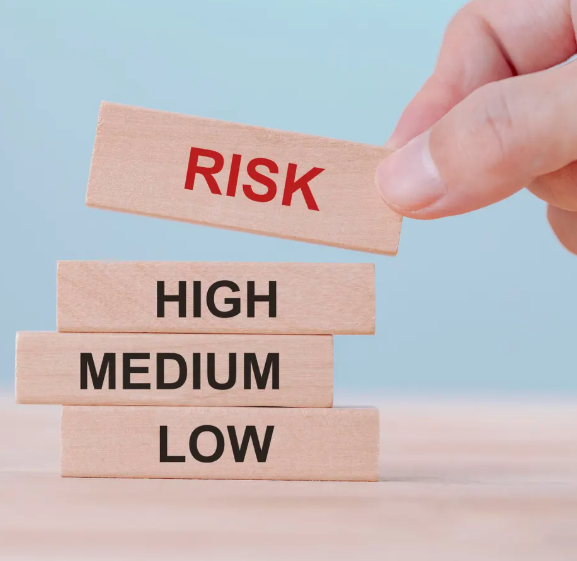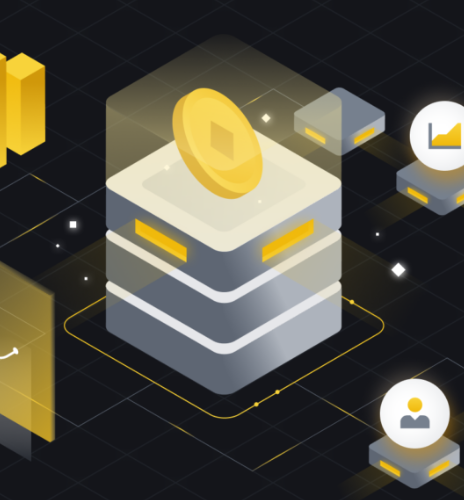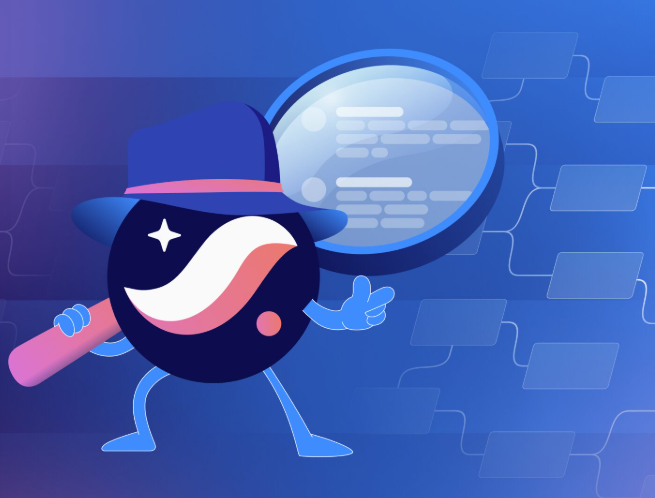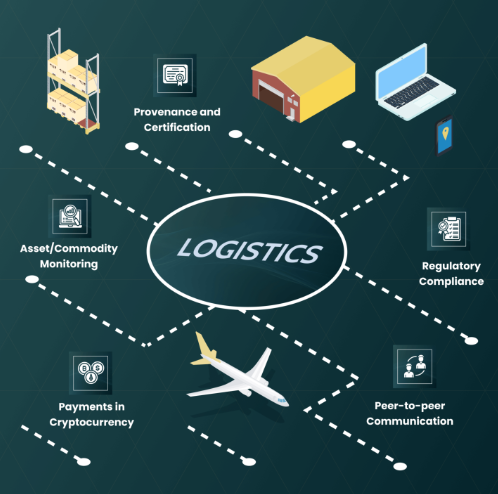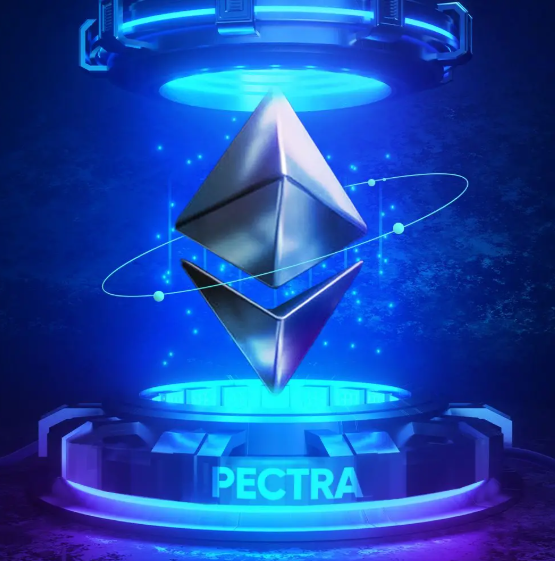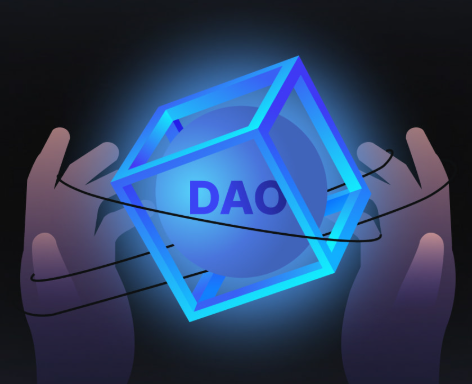
Creating successful tokenomics for a DAO is a critical factor in ensuring its long-term sustainability. Poorly designed tokenomics can cause a DAO to lose focus and fail, while well-planned tokenomics can help a DAO thrive in an evolving Web3 environment. This blog explores key principles for designing tokenomics that align with your DAO’s mission and future-proof it against challenges, such as disengaged voters, regulatory changes, and concentration of power.
The Core Components of DAO Tokenomics Design
1. Align Incentives with the DAO’s Mission
A DAO’s tokenomics should reflect its core mission. Before determining emission rates or vesting schedules, it’s essential to define the behaviors and outcomes you want to encourage within the community. Whether your DAO governs a DeFi platform, a creative collective, or a multi-chain NFT marketplace, its tokenomics should align with these goals.
Example: MakerDAO’s dual-token system links the MKR token to protocol governance, ensuring that MKR holders are economically invested in the success of the platform. If the system faces issues, MKR is burned to cover losses, ensuring real accountability.
2. Create Scarcity and Fair Distribution
Token supply and distribution strategies are pivotal. Fixed supply models can create digital scarcity, while inflationary models can help stimulate early-stage growth if managed transparently. The psychology behind token supply—whether creating scarcity or ensuring liquidity—plays a major role in user engagement and market behavior.
Example: Uniswap’s decision to airdrop 15% of its UNI token supply to early users helped decentralize governance and reward those who contributed to the protocol’s growth, unlike protocols that reserve a large portion of tokens for teams and investors, which can lead to early dumps and loss of trust.
3. Ensure Real Utility Beyond Governance
If your token is only used for voting, you risk losing user interest. The best DAOs integrate real utility into their token models—such as staking, access to platform features, collateral, or revenue-sharing opportunities.
Example: Compound’s COMP token can be earned by users who lend or borrow, rather than simply by holding the token. This ensures that those with the most active roles in growing the protocol also hold the most governance power.
4. Design Efficient and Decentralized Governance
Effective DAO governance needs to balance openness and efficiency. Too much openness can lead to inefficiency, while excessive centralization may cause power imbalances. The most successful DAOs combine on-chain voting, delegate systems, and models like time- or reputation-weighted voting.
Example: Curve Finance’s governance model was revamped in December 2024 to unify various elements, including locking, voting, delegation, and rewards. The update introduced risk scores, DAO discussion summaries, and gasless voting, boosting active engagement and proposal activity.
5. Incentivize Builders and Contributors
DAOs thrive when they have active contributors who are rewarded for their meaningful participation. Tokenomics should focus on incentivizing these individuals—not just those who hold tokens or speculate on their value.
Example: Optimism’s Retro Funding program rewards developers with OP tokens based on their contributions after they’ve delivered measurable value. By evaluating progress through data-driven algorithms, Optimism refines its reward system, ensuring alignment with its mission.
6. Ensure Transparency and Regulatory Compliance
Tokenomics must be designed with transparency in mind, from treasury flows to governance. This not only builds trust with users but also prepares the DAO for regulatory scrutiny.
Example: Lido employs multi-sig wallets, public dashboards, and regular audits to foster trust and resilience, ensuring the DAO operates transparently and securely.
7. Create Adaptable Tokenomics
Tokenomics should be viewed as a dynamic system. Using smart contracts to adjust emissions, fee distributions, or rewards based on real-time data and community feedback ensures that the system can evolve as necessary.
Example: MetisDAO adjusts its token emissions algorithmically and uses cross-chain bridges to manage the supply-demand balance, ensuring the system remains flexible and responsive.
8. Stress-Test for Unexpected Scenarios
When designing a DAO, consider potential “black swan” events—unexpected issues that could destabilize the platform, such as whale attacks, bugs that drain the treasury, or sudden regulatory shifts.
Example: Aave’s Safety Module allows stakers to backstop protocol risk, providing an additional layer of protection in the event of smart contract exploits or other unforeseen problems.
Final Thoughts
Designing tokenomics for a DAO isn’t just about creating a distribution system for tokens; it’s about engineering the economic and governance mechanisms that drive sustainable decentralized collaboration. Effective DAO tokenomics ensure that incentives are aligned, resources are fairly allocated, and stakeholders—from core contributors to new community members—have meaningful opportunities to participate in governance and growth. By focusing on transparency, adaptability, and a mission-driven approach, DAOs can set themselves up for success in the ever-evolving Web3 ecosystem.


